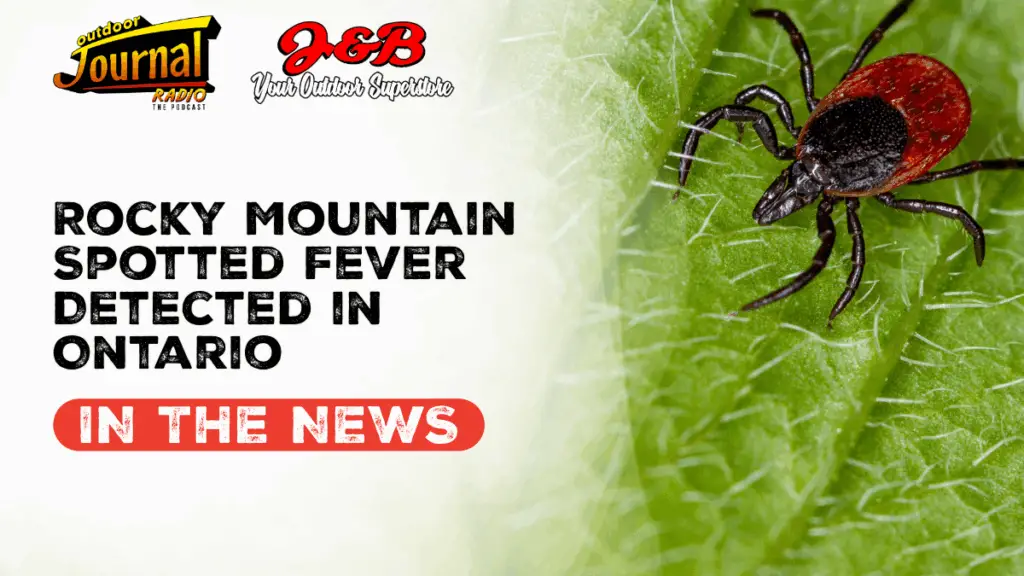A disease once considered extremely rare in this province is now triggering heightened vigilance among public-health officials. The bacterial illness known as Rocky Mountain spotted fever (RMSF) has been confirmed in Ontario and appears to be linked to local tick exposure.
According to a bulletin published by Public Health Ontario (PHO), the bacterium Rickettsia rickettsii — which causes RMSF — is present in the province, and its primary vector, the American dog tick (Dermacentor variabilis), is well established in Ontario.

One recognized cluster of probable human exposure has been tied to the Long Point area of the province, where exposure of dogs to RMSF also appears to have occurred.
What is RMSF and why does it matter?
RMSF is a serious and potentially fatal tick‐borne illness. The tick transmits R. rickettsii into the bloodstream, where it infects the lining of blood vessels, potentially causing organ damage.
Symptoms typically appear within two days to two weeks after a tick bite and may include fever, headache, nausea, vomiting, muscle pains, and rash. Because early signs can mimic many other illnesses, prompt recognition is important to ensure timely treatment.
In Canada, confirmed human cases have historically been very rare. A study covering Ontario from 2013-2018 found only a handful of confirmed or possible cases of spotted‐fever group rickettsiae, with the incidence estimated at about 0.14 per 100,000 persons for confirmed/possible cases.
What’s changed in Ontario?
According to the PHO fact‐sheet published in October 2025, in June of that year, the veterinary faculty at University of Guelph notified PHO of a cluster of cases in dogs, and two human cases with compatible clinical presentation and laboratory evidence of exposure, both linked to the Long Point region.
An animal‐health oriented site also reported that four or five dogs, all with history of being in the Long Point area, had been diagnosed with RMSF, suggesting a potential local focus of infected ticks.
Although that does not yet establish a broad geographic spread, public‐health units are now recommending increased awareness among clinicians, veterinarians, pet owners, and people who frequent outdoor areas with ticks.
Implications for outdoor recreation and pets
For humans and pets alike, regions with tall grass, leaf litter, wooded edges and long vegetation pose higher risk of tick encounters.
Veterinarians are especially noting the risk for dogs in the Long Point area. Owners are urged to ensure tick prevention medication, perform regular tick checks on their animals, and avoid high‐tick‐density zones where feasible.
Humans are likewise advised to use tick repellent, wear protective clothing when in tick‐habitat, and monitor for unusual symptoms after outdoor exposure. Because early treatment with antibiotics (typically doxycycline) dramatically reduces risk of severe disease or death, quick medical attention is vital.
Public-health response and what to watch
Regional public‐health units are ramping up messaging to clinicians to consider RMSF in diagnosis and for veterinarians to inform owners of pets that could act as sentinels.
Experts caution that a single cluster does not necessarily mean wide‐scale spread yet, but the pattern demands attention.
For now, public health messaging emphasises tick prevention, early recognition of symptoms and partnership between human and animal health sectors (‘One Health’ approach) to monitor and respond.





